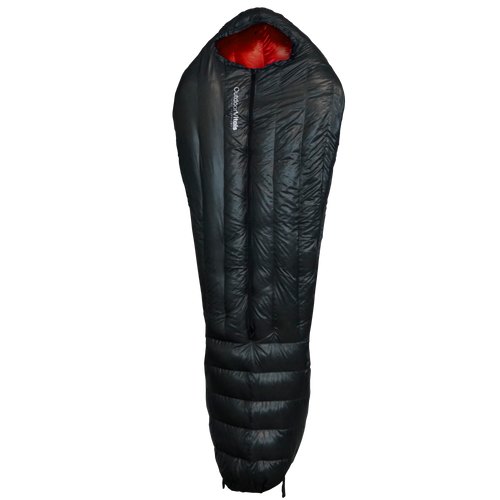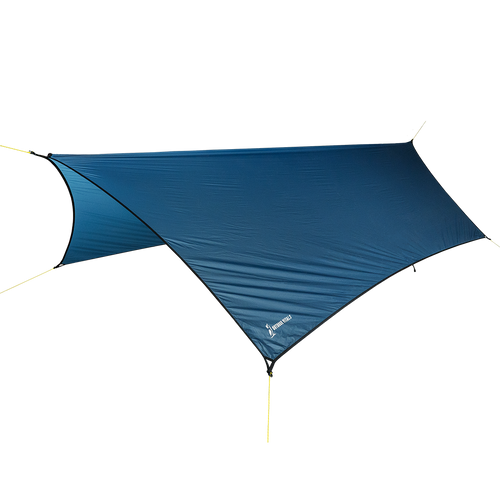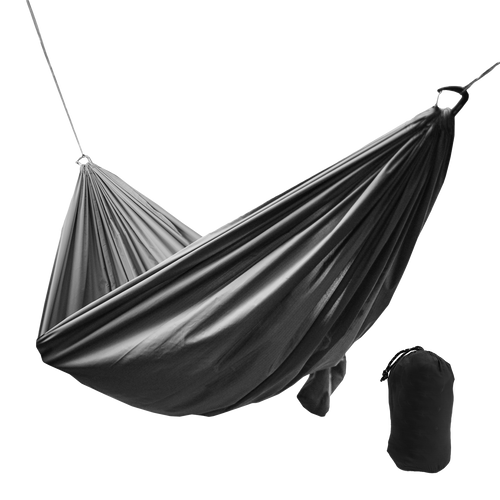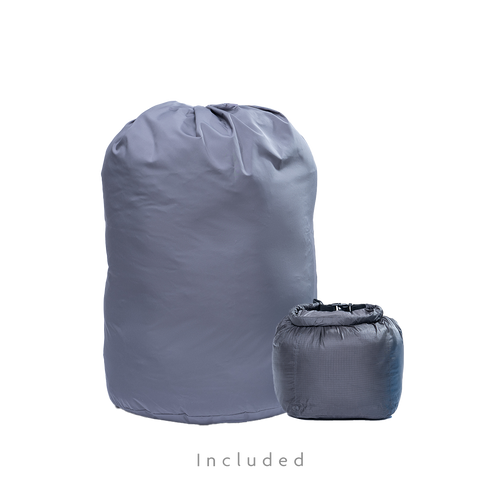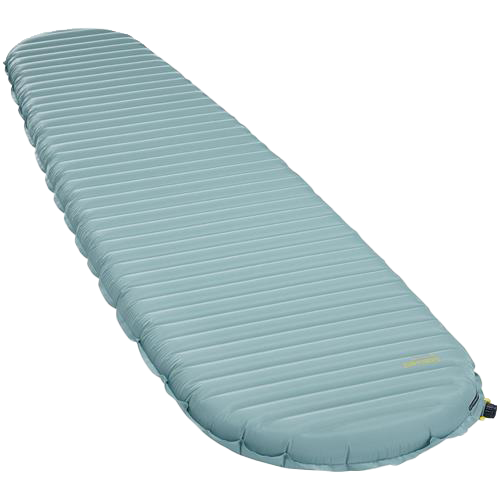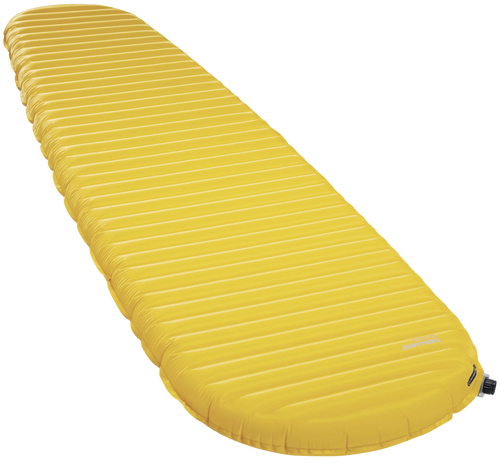Biggest Hydration Mistakes Backpackers Make
You know that uncomfortable cotton feeling you get in your throat when you haven't been drinking enough water? You feel ready to drink an entire ocean! Yet even if someone were to hand you the world's largest glass filled to the brim with clear ice-cold H20, for backpackers, it wouldn't be enough. Water is not enough.
To explain, there is so much more to hydration than just drinking water, especially when you are active on the trail and carrying a load on your back.
This article will teach you the do's and don'ts of staying hydrated while out on the trail.
The Basics: How Much Water Should I Drink?
In an article such as this, the best we can do is give you some generalities. But they will serve as helpful guidelines that you can adjust for your own individual trips and personal needs.
While hiking, you should be drinking roughly a gallon of water each day. As a good rule of thumb, if you aren't having to stop and take a leak in the woods every couple of hours, you're probably not drinking enough!
However, there are wrong ways to be consuming that water.
Hydration is something that you have to work at consistently. You can't drink a whole gallon of water all in the morning, and expect to be good for the day. Some backpackers will stop- drink a ton of water, hike for 2 hours- and then repeat throughout their hike.
This won't work.
Instead, try drinking water by taking constant sips throughout the entire day. You may need to adjust your gear setup so that you have easy access to water.
Some options include a backpack that allows you to easily reach back and grab your water bottle, a hydration bladder with a hose that hangs over your shoulder, or an aqua clip (which basically attaches to a water bottle and clips onto your should strap of your backpack). Giving yourself easy access to your water will make a HUGE difference in how well you stay hydrated. Remember, consistency is important.
You Need More Than Just Water
While you backpack, you're constantly sweating, which means you're losing both moisture and electrolytes.
A big mistake backpackers make is forgetting to supplement themselves with salts and electrolytes throughout the day. Your body needs electrolytes to hydrate. One way you can replenish those is by taking salt capsules. Now don't use just any iodized table salt or Morten's salt. You need a mineral rich salt, like a Himalayan salt.
Taking salt capsules every couple of hours can help you get back those minerals you lose as you sweat. They don't taste gross. They're just those clear little pill capsules filled with salt. Using them effectively will make a world of difference!
What If I Just Don't Feel Like Drinking?
Some people simply don't like the flavor (or lack thereof) of water. This can result in a lack of motivation to regularly drink water throughout the day.
Don't worry, if you're one of those people, something you can do is to grab some drink mix packets. They don't have to cost much, and can weigh next to nothing! Some examples include Crystal Light and Great Value caffeinated drink mixes. Other more expensive options like those by MTN OPS have nitric oxide in the ingredients, which helps get oxygen to your blood faster, thus improving your ability to feel good and just go!
Just dump a packet into your water bottle, shake it up, and you'll enjoy drinking much more, while simultaneously replacing minerals lost through sweat and exertion.
One mistake to avoid, though, is using drink mixes exclusively. You'll want to switch between pure water and using a drink mix each time you have to refill your water bottle. For some things, your body just needs pure water!
Remember
As a recap, make sure you are drinking consistently by taking sips of water all the time. It'll help to have easy access to your water.
Also remember to replenish those minerals you lose while sweating and exerting yourself. Salt capsules and drink mixes can help significantly with this, along with the snacks you take with you on the trail.
Following these tips to avoid common hydration mistakes will help you feel more energetic and focused. You'll be able to enjoy your backpacking trips much more without ending up in a helicopter on its way to the ER!
Check out the video below for more details on staying hydrated, and we'll see you on the trail!
3 comments
How are to order our product
Thank you for all you guys do. I’m new to the backpacking world. I’m really looking into buying ALL my heart from you. Your prices are a little steep, but I’ve learned in other things that you need to pay for quality!!!!! I’m really looking forward to getting your gear. I like the tutorials. Thank you again. Look forward to seeing more from you.
“Your body needs electrolytes to hydrate”
Great point! For those who don’t know, “electrolytes are minerals in your blood and other body fluids that carry an electric charge” (medlineplus.gov) and regulate many functions of your body. Primary electrolytes include (but not limited to):
Sodium (sufficient quantities obtained from table salt)
Chloride (sufficient quantities obtained from table salt)
Calcium (mainly dairy and leafy greens)
Magnesium (nuts, seeds, legumes, and grains)
Potassium (fruits and vegetables)
source: https://www.uofmhealth.org/health-library/ta3912
For 5 of the primary electrolytes, 3 of them (sodium, chloride, and magnesium) are eaten in consumed in sufficient quantities in the normal backpacker’s diet. However, 2 of the primary electrolytes (magnesium, potassium) are obtained mainly from fresh food (dairy, vegetables, fruit) that is largely absent from trail.
For shorter backpacking trips (<14 days) the body can handle the mineral deficiencies. However, on longer thruhikes (60+ days), mineral deficiencies may start setting in. Symptoms range in severity, but some include:
Loss of Appetite
Muscle Cramps
Digestive Problems
Nausea
Fatigue
If you’re a fellow thru-hiker, this list should sound familiar. These symptoms can spiral downwards and can make it difficult to eat enough and hike many miles.
So how to fix this problem? Unfortunately, supplements are not the best answer, as many have a low bioavailability (https://www.magnesiumeducation.com/images/LongstreetReports2015/Mgbioavailability.pdf). In order to get sufficient quantities of key electrolytes, thru-hikers will need to consume more fresh foods. That means when stopping in town, hikers should consume a large proportion of fresh food, even though pizza and burgers may be more appetizing. Bringing calorie sparse but vitamin & mineral rich foods on the first day out of town is a good idea as well. Packing dried fruits, vegetables, and powdered milk (depending on dietary restrictions) should be prioritized.
This was a long comment, but I felt it’s important to clarify your point on electrolytes. It’s a much broader subject than many realize.
tl;dr: Electrolytes are essential for longer backpacking trips (30+ days), in order to get sufficient quantities you should consume vegetables, fruit, and milk in town. Try your best to carry dried fruits, vegetables, and powdered milk.

